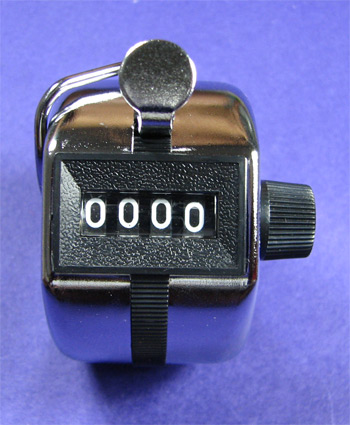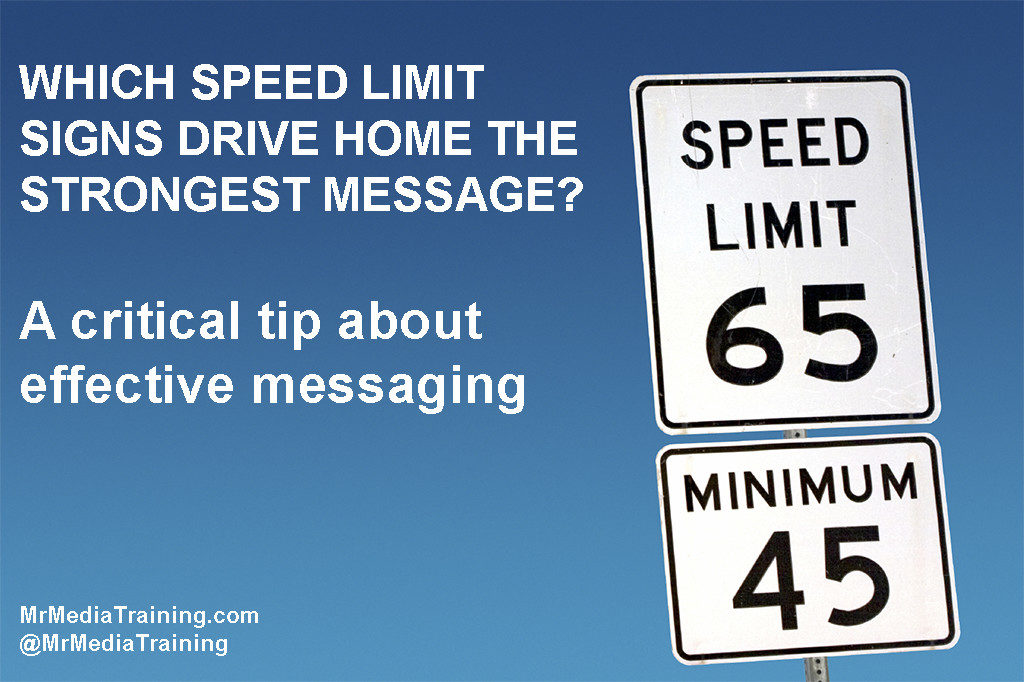How Many Times Should You Repeat Your Messages?
Finish these famous advertising jingles:*
“Like a good neighbor, _____ _____ is there.”
“GE: We bring good things ____ _____.”
“The best part of wakin’ up is _______ in your cup.”
Did you find yourself singing along? If so, you’ve just experienced the first lesson of media messaging, which demands that all messages be consistent.
You remember those commercials because the advertisers—State Farm, General Electric, and Folgers—stuck with their catchy ads long enough for them to become almost universally known.
Like memorable commercials, good messages require consistency and repetition. Spokespersons who change their messages from interview to interview prevent their audiences from understanding, remembering, and acting upon their messages, which usually require numerous exposures to become effective.
Just how many times do you have to repeat your messages in order to achieve your goals? Advertisers rely on the concept of effective frequency to determine the number of times they should run an advertisement. Commercials for simple products with high name recognition might need to be seen only twice to result in a sales increase, whereas ads for less familiar brands might need to be seen nine times.
In the age of media and message oversaturation, those numbers strike me as low. I advise my clients that moving their audiences from unawareness to action requires anywhere from 7 to 15 exposures—and sometimes more.
Consistency is broader than just media interviews—you should apply it across all of your communications platforms. Your website, public speeches, newsletters, annual reports, and all other internal and external communications should reflect the same themes as your media messages.
Think about it this way: every time a member of your audience hears a consistent message from you, your clicker goes up one notch on your march to 7 to 15 exposures. If I read your on-message quote in a newspaper article, you’re at one. If I visit your website and see it again, you’re at two. If I see your on-message interview on the local television news, you’re at three. But if your message is slightly different each time you communicate, you will never move the clicker past one.
Repeating your main messages may sound confining, but it’s not. In a few lessons, you will learn how to keep your messages fresh by reinforcing them with new stories and the latest statistics.
From The Audacity to Win by David Plouffe, Barack Obama’s 2008 campaign manager:
“We live in a busy and fractured world in which people are bombarded with pleas for their attention. Given this, you have to try extra hard to reach them. You need to be everywhere. And for people you reach multiple times through different mediums, you need to make sure your message is consistent, so for instance, they don’t see a TV ad on tax cuts, hear a radio ad on health care, and click on an Internet ad about energy all on the same day. Messaging needs to be aligned at every level: between offline and on-, principal and volunteer, phone and e-mail.”
*Answers: State Farm; “to life”; Folgers
This article is an excerpt from The Media Training Bible: 101 Things You Absolutely, Positively Need to Know Before Your Next Interview, available from Amazon here and for the Kindle here.





A little bit of trivia–Barry Manilow worked as a jingle writer in the 70’s, and one of the jingles he wrote was the State Farm “like a good neighbor” jingle. Not only have they repeated that message consistently, but they’ve done so for about 40 years!
HBO has a new documentary on Stephen Sondheim. They took excerpts from his many speaking engagements (I actually attended a couple of them over the years) — and his messages were very clear. Fun to listen to him “start” a story as a younger man, then “finish” the same story many years later. Talk about staying on point!
[…] in mind is you need both repetition and consistency to get your message across. Especially today. All messages must be consistent. You’ll need to use the message everywhere (website, print, speeches, newsletters, annual […]